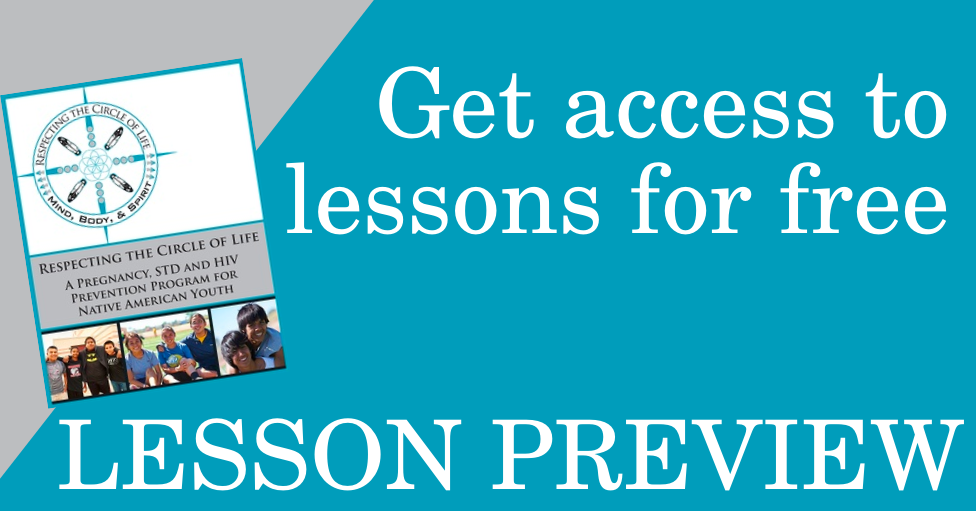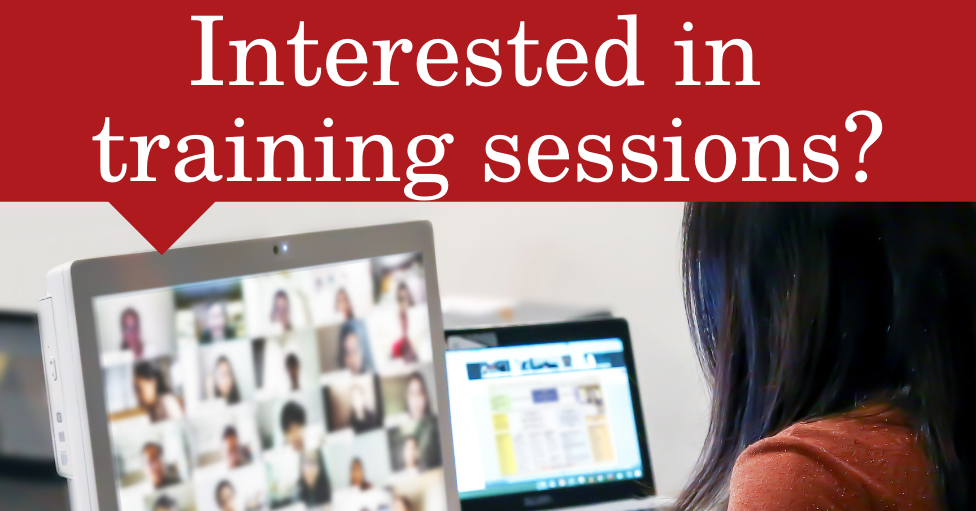Home Visits
Conducting a Home Visit
Because every household has its own rhythm, home visiting schedules must be flexible. Facilitators should be open to meeting at times outside of the work day and be cognizant that families are opening their home to them, and they should be respectful.
To schedule a home visit, facilitators should:
- Call the youth’s parent/guardian to set up a home visit time and date.
- Call to confirm with the parent/guardian of the visit one day prior.
- If the parent/guardian would like to reschedule, set up another home visit time and date that will work better for them.
- Alert your supervisor and coworkers of the visit (location, participant #) and let them know when to expect you back.
The home-visit should consist of:
- Prepare
- Prepare all documents and supplies for the lesson.
- Alert your supervisor of your schedule.
- Arrival
- Set the tone (warm introduction, thank family for time and participation, etc.).
- Establish rapport/develop caring relationship.
- Suggest an environment conducive to meeting if family feels more comfortable.
- Ensure you are away from distractions (TV is off, at a table/desk, other family not around etc.).
- Conduct the Visit
- Show the video.
- Complete content as outlined in the curriculum.
- After the Visit
- Document visit.
- Follow-through on referrals, action items, etc.
Safety as a Home Visitor
Safety always comes first when home visiting. Home visitors should:
- Be prepared to handle unexpected situations.
- Know protocol for:
- Reporting an incident to the police or health personnel
- What to do if you suspect child abuse and/or neglect
- Be observant.
- Discuss going in pairs to a first visit or whenever you feel uncomfortable at a participant’s home.
- Trust your instincts.
- If you don’t feel safe, don’t go in.
- Suggest an alternative place to meet (e.g., school, office, or car).
- Let supervisor and colleagues know where you are and when you should expect to return.
Here are some additional personal safety strategies for home visitors:
- Establish check-in times with the office.
- Park with front of vehicle pointed toward exit.
- Do not exit your vehicle until you see the client at the door.
- Observe and listen before entering a household.
- Always stay aware of your surroundings and look for behavioral clues—pay attention to warning signs of a dangerous situation.
- Try to complete home visits early in the day.
- Stay alert.
- Dress appropriately.
- Leave jewelry at home.
- Leave purse at office or in the trunk of the car.
- Remove yourself from dangerous situations.
- Travel in pairs when possible.
- Survey the neighborhood.
- Identify safe areas (e.g., restaurants, telephones, rest rooms, police stations).
- Trust your instincts.
- Ask family members to come out to meet you if you are uncomfortable with the area.
- Keep car in good repair.
- Keep emergency supplies in car, including all-weather gear.
- Ask family to secure pets before arrival.
- Attend safety seminars.
- Consider the use of cell phones or pagers.


